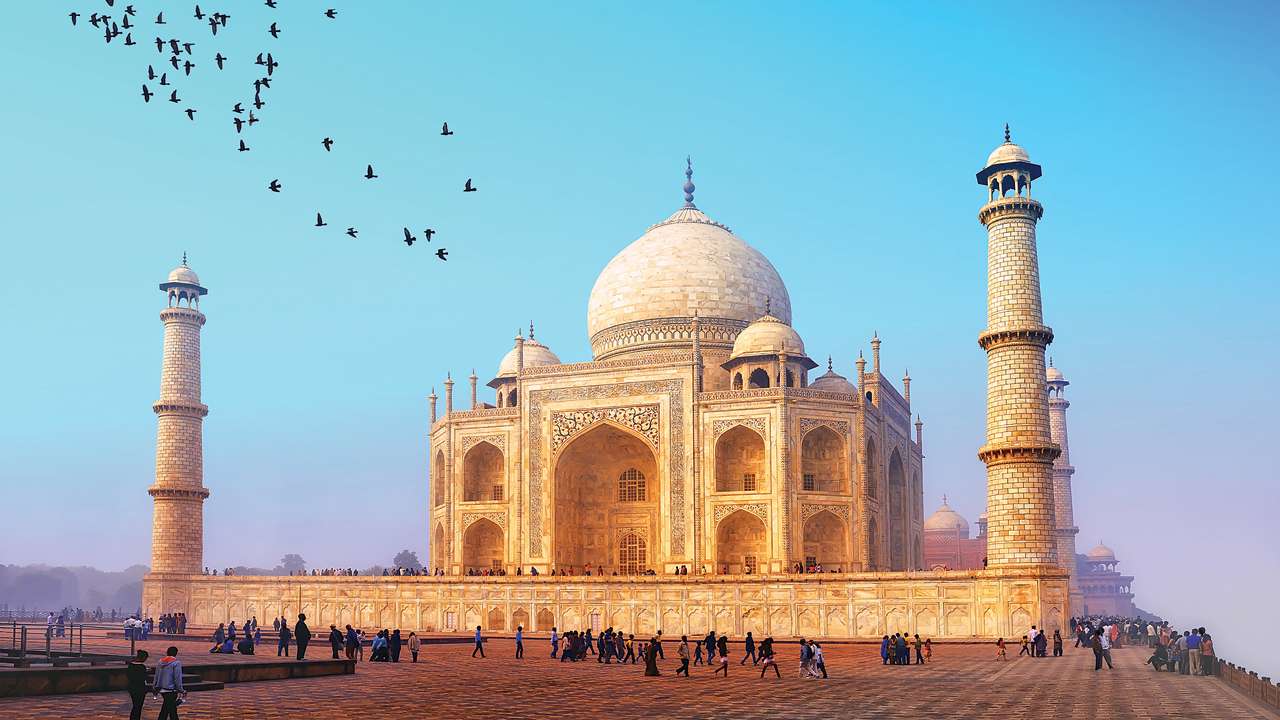
An angry and exasperated Supreme Court has castigated the Centre, the UP government, and other agencies for their inability to restore Taj Mahal, the crowning glory of India. The pristine marble structure continues to lose its original colour despite the apex court’s best intentions.
For the last 31 years, the SC has been trying to save the monument by passing a slew of orders to force governments and ASI to take up restoration work on a war-footing. It seems all its efforts have been stonewalled by indifferent authorities.
The anguish of the Court was evident when the bench comprising Justices Madan B Lokur and Deepak Gupta said: “It is sheer apathy. You are absolutely not bothered about it. You can shut down the Taj. You can demolish it if you like.” After three decades, the apex court has reached the rock-bottom of its reserve of patience. It’s still waiting for the blueprint/ vision document for the monument’s protection.
The Taj is a victim of environmental pollution. Emissions from polluting industries in its vicinity are affecting the surface of the mausoleum. Industrial effluents in the adjacent Yamuna are aggravating the crisis. The Centre and the state government are aware of the pivotal importance of the Taj in the Indian narrative and yet it somehow doesn’t feel responsible towards it.
The millions of tourists — from within the country and abroad — who visit one of the finest architectural specimens of the Mughal era are left dumbstruck by its ethereal beauty. By a conservative estimate, the Taj Mahal draws 7 to 8 million people annually, with more than 0.8 million visiting from overseas. It wouldn’t be an exaggeration to say that the Taj colonises the minds of those who still believe in the beauty of love, and this romantic population includes visiting dignitaries/ heads of states from distant lands.
The SC had done its bit to protect the tree cover around a 10,400 sq km zone and prevent new industrial establishments from coming up. But the court order is more honoured in the breach than in the observance. The Archaeological Survey of India, a cash-strapped, toothless body, had earlier been reprimanded by the Court for failing to discharge its duty. If populism gets precedence over the rescue mission, then it’s indeed a depressing state of affairs.
The Taj is acquiring an unnatural hue — first turning yellowish, then brownish, and now greenish — from atmospheric pollutants, largely coming from fossil fuels. Alarmed by these effects, the Court has sought “a broad and inclusive document with a futuristic vision to protect the Taj Mahal as informal and temporary measures are not enough for a few hundred years”.
The roadmap document from the Centre and state — that is yet to see the light of the day — is supposed to work towards a long-term solution. Perhaps, the restoration of the Taj should enlist private-public partnership. There will be many eager corporates willing to be associated with it. But the government needs to first deal with pollution with an iron hand, showing no mercy to industrial units.